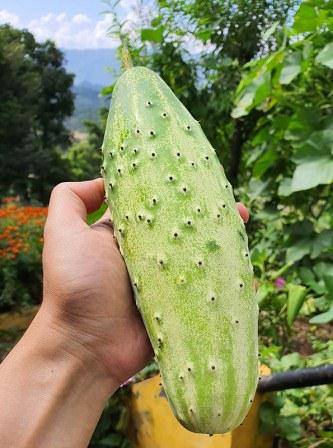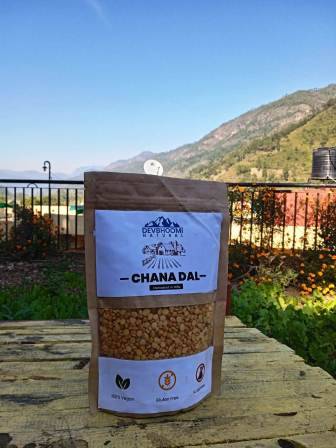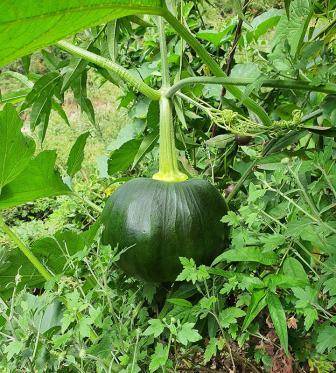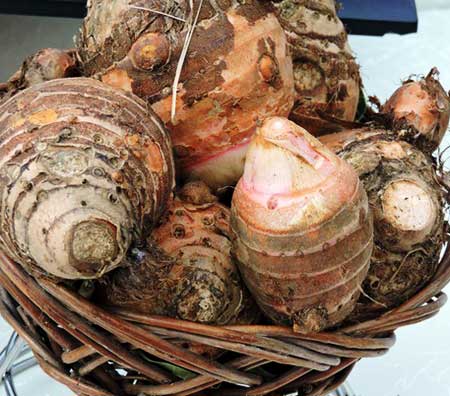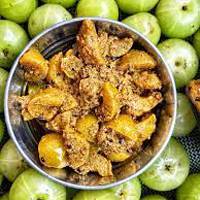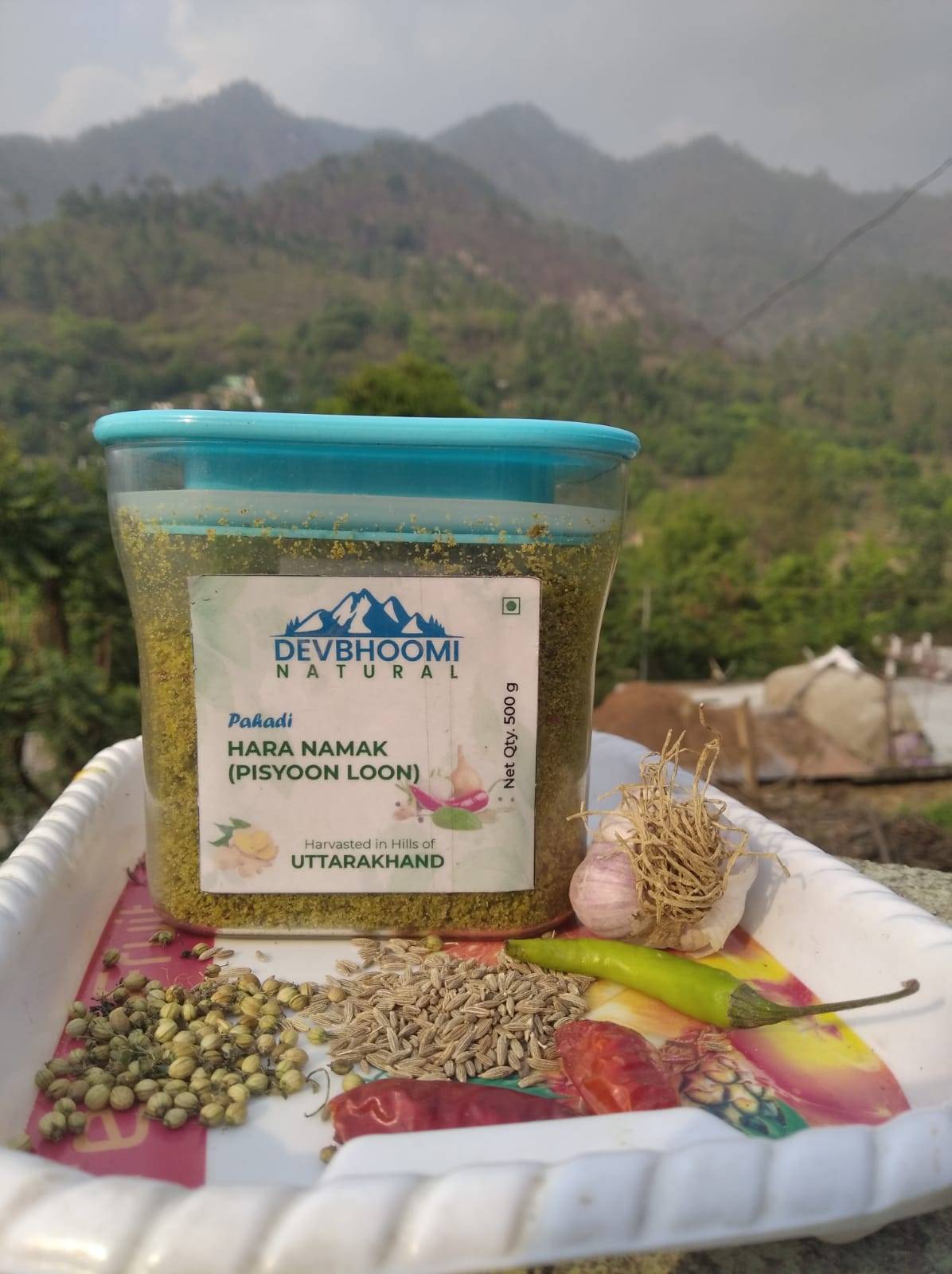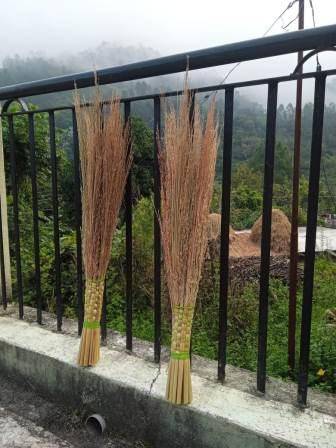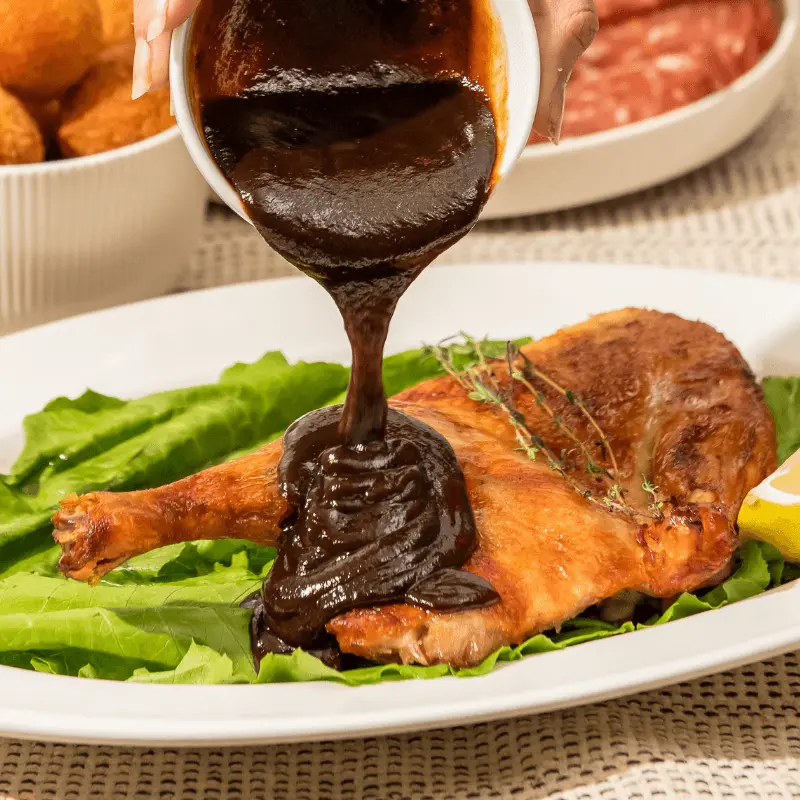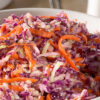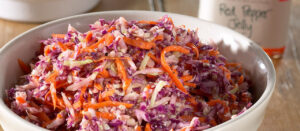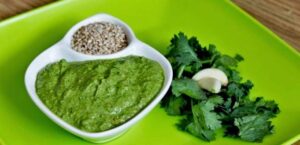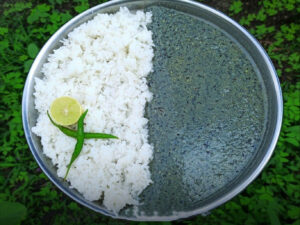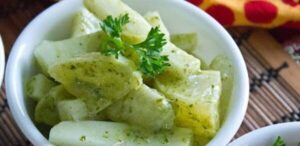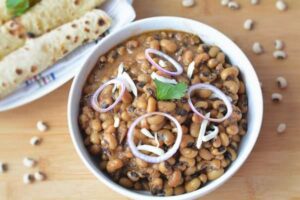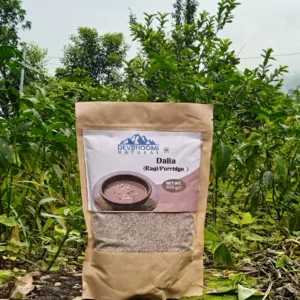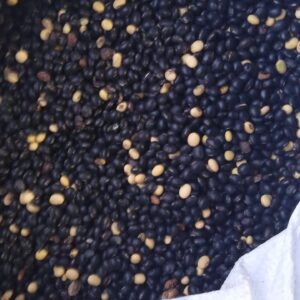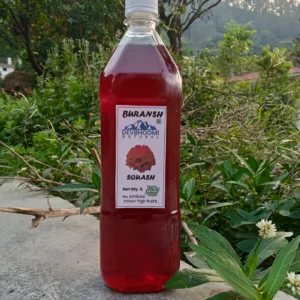1. Introduction
Hoisin sauce is a versatile and savory condiment that has gained popularity around the world. Its unique blend of flavors and aromas adds depth and richness to various dishes. In this article, we will explore the origins, ingredients, culinary uses, health benefits, and even provide some homemade recipes using hoisin sauce. Whether you’re a seasoned cook or an adventurous foodie, hoisin sauce is sure to elevate your culinary creations to new heights.
2. What is Hoisin Sauce?
Hoisin sauce is a thick and dark condiment commonly used in Asian cuisine. It is known for its sweet, salty, and slightly tangy taste. The sauce has a smooth consistency, similar to molasses, and a rich umami flavor that enhances the overall taste of dishes. Hoisin sauce is typically used as a dipping sauce, glaze, or marinade in various recipes.
3. The Origins of Hoisin Sauce
Hoisin sauce originated in China and is an integral part of Chinese cuisine. The word “hoisin” itself translates to “seafood” in Cantonese, but the sauce does not contain any seafood ingredients. It was initially created as a sauce to accompany roasted meats, such as Peking duck, but its popularity quickly spread beyond China’s borders.
4. Ingredients Used in Hoisin Sauce
The exact recipe for hoisin sauce may vary slightly between brands and regions, but the core ingredients remain consistent. Common ingredients found in hoisin sauce include soybeans, garlic, sugar, vinegar, sesame oil, and various spices. These ingredients are carefully combined to achieve the distinct balance of flavors that hoisin sauce is known for.
5. The Flavors and Aromas of Hoisin Sauce
Hoisin sauce offers a complex flavor profile that combines sweetness, saltiness, and a hint of tanginess. The prominent taste of soybeans provides a rich umami flavor, while the garlic adds a savory note. The sauce also carries a subtle smokiness and nuttiness from the sesame oil. Overall, hoisin sauce delivers a delightful harmony of flavors that can enhance both meat and vegetable-based dishes.
6. Culinary Uses of Hoisin Sauce
Hoisin sauce is incredibly versatile and can be used in a wide range of culinary applications. It serves as an excellent dipping sauce for spring rolls, dumplings, and roasted meats. Additionally, hoisin sauce is often used as a glaze for grilled or roasted dishes, adding a beautiful caramelized finish. Its thick consistency makes it a popular choice for stir-fries and noodle dishes as well.
7. Hoisin Sauce in Asian Cuisine
Hoisin sauce is a staple ingredient in many Asian cuisines, including Chinese, Vietnamese, and Thai. In Chinese cuisine, it is commonly used in dishes like Mongolian beef, Kung Pao chicken, and Char Siu pork. Vietnamese cuisine incorporates hoisin sauce in the famous Banh Mi sandwich, while Thai cuisine often pairs it with grilled meats and noodle dishes.
8. Health Benefits of Hoisin Sauce
While hoisin sauce is primarily used for its flavors, it also offers some health benefits. It contains essential nutrients such as protein, iron, and fiber from the soybeans. However, it is important to note that hoisin sauce should be consumed in moderation due to its sugar and sodium content. As with any condiment, it is best to enjoy hoisin sauce as part of a balanced diet.
9. How to Make Hoisin Sauce at Home
Creating your own hoisin sauce at home allows you to customize the flavors and ingredients according to your preference. A basic homemade hoisin sauce recipe may include soy sauce, peanut butter, honey, rice vinegar, garlic, and Chinese five-spice powder. Simply mix the ingredients together until well combined, and adjust the flavors to suit your taste.
10. Popular Recipes with Hoisin Sauce
Hoisin sauce adds a delightful touch to various recipes. Here are a few popular dishes that incorporate hoisin sauce:
- Hoisin-Glazed Salmon: Marinate fresh salmon fillets in a mixture of hoisin sauce, soy sauce, garlic, and ginger. Roast in the oven until the glaze caramelizes, resulting in a sweet and savory flavor.
- Hoisin-Glazed Chicken Wings: Toss chicken wings in a combination of hoisin sauce, honey, and spices. Bake until the wings are crispy and glazed with a sticky, delicious coating.
- Hoisin-Glazed Tofu Stir-Fry: Sauté tofu, colorful vegetables, and garlic in a pan. Add hoisin sauce, soy sauce, and a touch of chili for some heat. Serve over steamed rice or noodles for a satisfying vegetarian meal.
11. Hoisin Sauce Variations and Substitutes
While hoisin sauce is readily available in most grocery stores, you can also experiment with variations or substitutes. Some recipes use black bean sauce or plum sauce as alternatives to hoisin sauce. If you prefer a spicier kick, adding chili sauce or Sriracha can provide a fiery twist to the flavors. Feel free to explore and find the combination that suits your taste buds.
12. Tips for Using and Storing Hoisin Sauce
To maximize the flavors of hoisin sauce, consider the following tips:
- Store hoisin sauce in a cool and dry place, away from direct sunlight.
- Check the expiration date on the bottle and use it before it expires for optimal taste.
- When using hoisin sauce as a glaze or marinade, brush it onto the dish during the last few minutes of cooking to prevent burning.
- If the hoisin sauce becomes too thick, you can thin it out by adding a small amount of water or rice vinegar.
13. Common Misconceptions About Hoisin Sauce
There are a few misconceptions surrounding hoisin sauce that are worth addressing. Firstly, despite its name, hoisin sauce does not contain seafood ingredients. Additionally, some people assume that hoisin sauce is spicy, but it is generally more sweet and savory than spicy. It’s important to read the labels and check the ingredients to ensure any allergies or dietary restrictions are taken into account.
14. Hoisin Sauce in Western Cuisine
Hoisin sauce has also found its way into Western cuisine, particularly in fusion dishes. It is often used as a flavorful addition to burgers, sandwiches, and barbecue sauces. The unique combination of sweet and savory flavors in hoisin sauce adds an exciting twist to traditional Western dishes, giving them an Asian-inspired flair.
15. Conclusion
Hoisin sauce is a culinary gem that brings depth, flavor, and versatility to a wide range of dishes. Its sweet, salty, and tangy profile enhances the taste of everything from stir-fries and marinades to glazes and dipping sauces. Whether you’re exploring Asian cuisine or experimenting with fusion recipes, hoisin sauce is a must-have ingredient in your kitchen. With its origins in Chinese cuisine and its global popularity, hoisin sauce adds an irresistible umami touch to your culinary creations.
Get ready to embark on a flavorful journey by incorporating hoisin sauce into your cooking repertoire. From traditional Asian dishes to innovative Western fusion recipes, the possibilities are endless with this savory condiment.
FAQs (Frequently Asked Questions)
Q1: Is hoisin sauce gluten-free? A1: Not all hoisin sauce brands are gluten-free. It’s essential to read the labels and look for certified gluten-free options if you have a gluten intolerance or sensitivity.
Q2: Can I use hoisin sauce as a marinade for grilled vegetables? A2: Absolutely! Hoisin sauce adds a delicious glaze and flavor to grilled vegetables. Simply brush the sauce onto the vegetables while they’re cooking for a tasty caramelized finish.
Q3: Is hoisin sauce suitable for vegetarians and vegans? A3: Most hoisin sauce brands are suitable for vegetarians, but it’s essential to check the ingredients to ensure there are no animal-derived additives. Some brands may also offer vegan-friendly options.
Q4: Does hoisin sauce contain MSG (Monosodium Glutamate)? A4: Some commercially available hoisin sauces may contain MSG, while others may offer MSG-free versions. Check the label or opt for brands that clearly state “no added MSG” if you prefer to avoid it.
Q5: Can I substitute hoisin sauce with another condiment? A5: While hoisin sauce has a unique flavor profile, you can experiment with alternatives like oyster sauce, black bean sauce, or plum sauce to achieve a different taste in your dishes.


